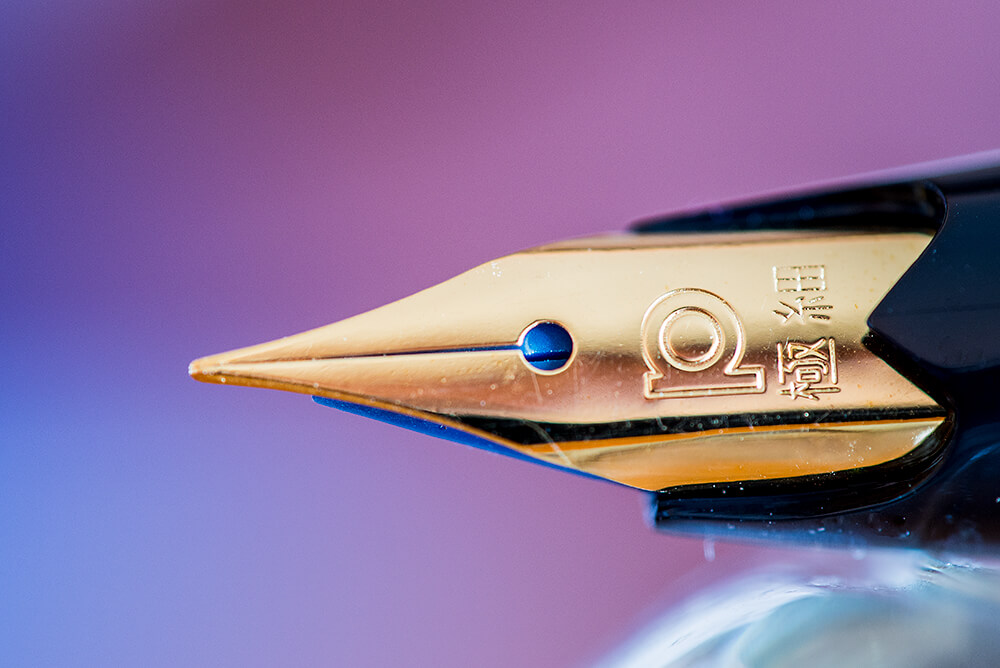
This is a review of the Platinum Carbon Desk Pen (or to use its full name, the Platinum Carbon Desk Fountain Pen DP-800S Extra Fine). I will be focusing on the pen’s suitability for doodling, sketching and drawing rather than writing as I don’t really use a pen for writing, these days.
There is a reason that I’m reviewing this particular pen. It’s been praised frequently in one of the drawing and sketching groups that I’m a member of so I thought I should give it a try to see what all the fuss is about.
The pen

My first impressions about the Carbon Desk Pen weren’t great, if I’m honest. It came in a blister pack like many of the cheap disposable pens I’ve bought in the past for drawing purposes.
Once I took it out of the blister pack, I wasn’t exactly reassured. The pen feels extremely light, especially once you’ve taken off the plastic cap. The plastic that the pen is constructed from feels like it’s probably ABS but I’m not sure.
Even during use, I found the lack of weight disconcerting. I’m not sure why. This just suggests that I have a subjective preference for a weightier pen.
The nib appears to be gold-plated. I have no idea if this provides any particular advantage in terms of ink flow but it looks pretty, set in the black plastic housing.
Speaking of the nib, it’s really, really fine. Finer than any other pen that I currently own, except for my dip pens. I’m looking forward to trying it out to see what kind of lines it creates but then, the pack does describe it as “Extra Fine”.
I hate the cap. It feels like black vinyl and it just pushes into place on the barrel with no discernible click or sign of a seal. You just jam it on and hope the friction holds it in place. It feels cheap, the cap being a completely different material to the pen but at the price I paid for the pen, I suppose I can’t really complain.
The lid features a hexagonal molding around its edge that prevents the pen rolling away when the cap is on. Unfortunately there’s nothing stopping the pen rolling when it’s uncapped and roll it certainly does.
Ink
The ink cartridge is interesting. Rather than the usual plastic ball seal that I’m accustomed to seeing in ink cartridges, there’s a metal one. I’m going to assume that’s to enable you to give the pen a good shake to mix the ink up after prolonged periods of non-use. Carbon Ink contains super-fine particles to make it super-dark and perhaps the ball helps to keep those particles suspended in the ink fluid.
When you put the cartridge in the pen, push it firmly home until you hear the click of the ball being pushed into the cartridge. Don’t do what I did and expect the barrel to do the job when you screw it back on. It took me a while to remove the cartridge that had jammed in the tapered end of the barrel instead of engaging at the nib end.
The ink is really, really black. It’s actually one of the nicest inks I’ve worked with, other than shellac-based Indian ink.
The doodle tests that I performed with the pen also suggested it’s waterproof or at least very resistant to liquids once it’s dried. I was unable to lift any ink, even when scrubbing a colored fineliner into the line. The fineliner colors marked the paper with no dark smudges from the ink I’d scribbled over whatsoever.
Remember to bear this in mind when using Carbon Ink. Forget doing any graduated washes with a water brush once the ink has dried. There’s no reason you couldn’t use another pen with a water-soluble ink afterwards – and your original lines will remain strong and black as you do. 🙂
Ink flow & line performance
The ink flows extremely well. I never had any problems at all during sketching or hatching. The pen never skipped or showed any signs of varying ink flow. Lines were consistent in width and density. If I’m honest, I was impressed that such an inexpensive pen would flow so well.
Now for the most interesting aspect of this pen (from a sketcher’s point of view). The nib produces the finest lines that I’ve ever drawn with a fountain pen. I have dip-pens that can produce extremely fine lines but this is the first fountain pen that’s produced such marvelously fine lines.
One thing that slightly irritated me about using the Carbon Desk Pen was the scratchiness. At times it felt like I was using a dip pen but slightly smoother. It’s not a deal-breaker, just something to ignore if such things bother you. Switching to this pen after enjoying the frictionless feel of my Lamy Safari was quite a jarring transition for a few moments until I got used to it and got lost in the moment of doodling.
Hatching & shading
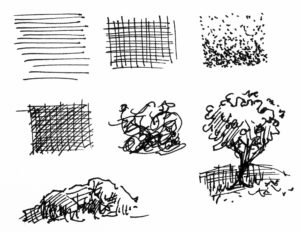
The extra fine nib of the Platinum Carbon Fountain Pen offers excellent control when hatching. The lines are consistent, dark and smooth and above all… extra-fine!
The fineness of the lines could be considered a mixed blessing however. It gives you wonderful control when hatching and is ideal for rendering distant features in a landscape drawing. Where it’s less practical is when rendering large areas of shadow. This isn’t a negative by any means – it’s a definition of what sort of jobs this tool is good for. You wouldn’t paint a house with a watercolor paint brush and you’re not going to shade an entire A4 page with the extra fine nib of the DP-800S!
Price & value

Priced much lower than any other fountain pen I’ve reviewed for sketching so far, this pen is incredible value and worth buying just to try out. Coupled with the Carbon Ink, the DP-800S produces strong dark lines that once dry, can stand up to felt-tips, Sharpie markers and watercolor washes.
The proprietary cartridges are sold in boxes of 4 but are slightly longer than the incompatible universal ink cartridges sold everywhere. You need to plan ahead to make sure you don’t run out of ink when you need it. The cartridges are a bit pricier than cartridges for other pens but the ink in them is special and well worth paying for. To be honest, as the pen won’t take universal cartridges, you’ll need them if you’re not using the converter to fill your pen from a bottle.
Alternatively, just as with many other fountain pens, you can buy the converter for the pen so you can use whatever ink you like (although I’d still recommend the Carbon Ink from Platinum if you want strong black, waterproof lines). You can probably buy the converter for less than a box of cartridges so it’s definitely worth getting one!
Sample Images
Conclusion

Scratchiness aside, I love this pen.
I never expected to be able to produce such fine lines from a fountain pen and it’s very enjoyable to use. I never got any ink on my fingers during my tests with the pen and the ink seemed to dry quickly on the paper too.
Hatching was an excellent experience, as long as the area being hatched was small. Larger areas would clearly be onerous to shade so I’d suggest this pen as an ideal tool for the pen & wash fan. Lay down your lines with the pen, let them dry and then perform your large-area shading with a suitable marker or watercolor wash.
If you’re not a wash or marker fan, I’d recommend that you use this pen in conjunction with a companion pen with a wider nib, perhaps loaded with water-soluble ink for water-brush tonal effects too.

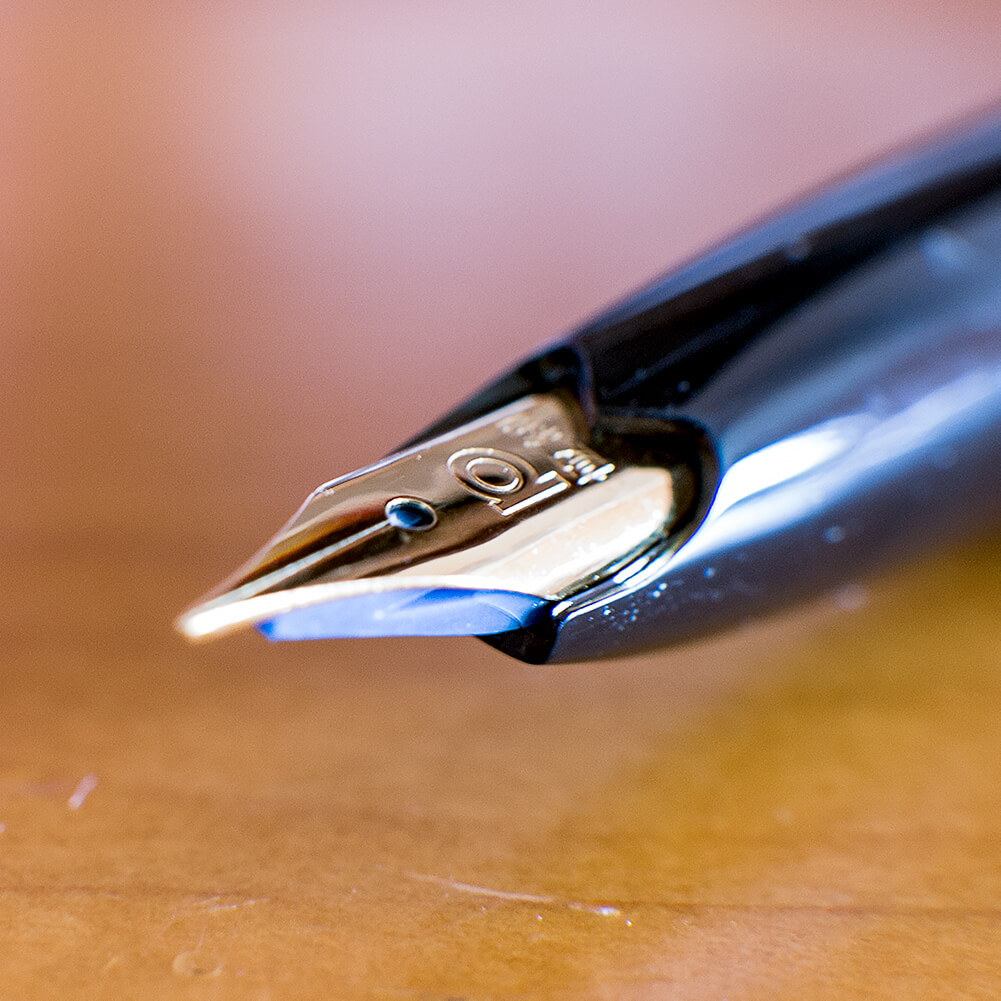
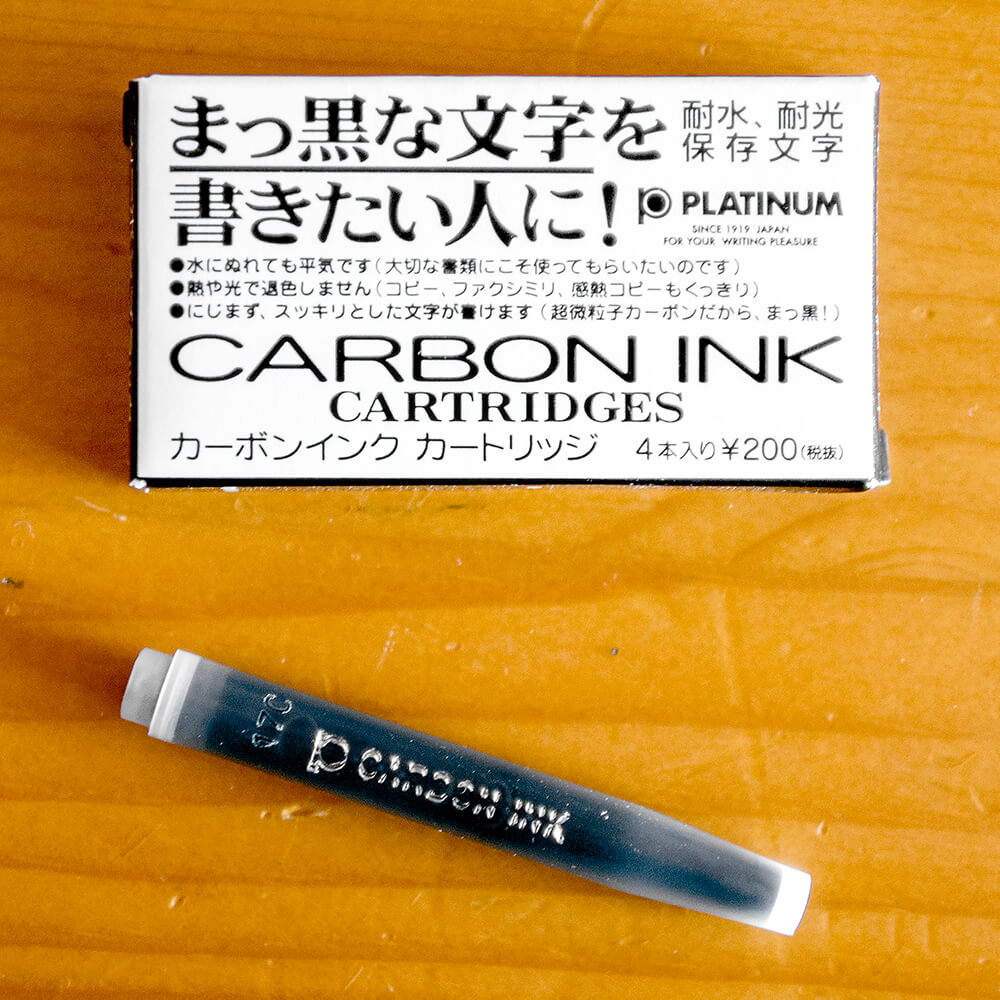
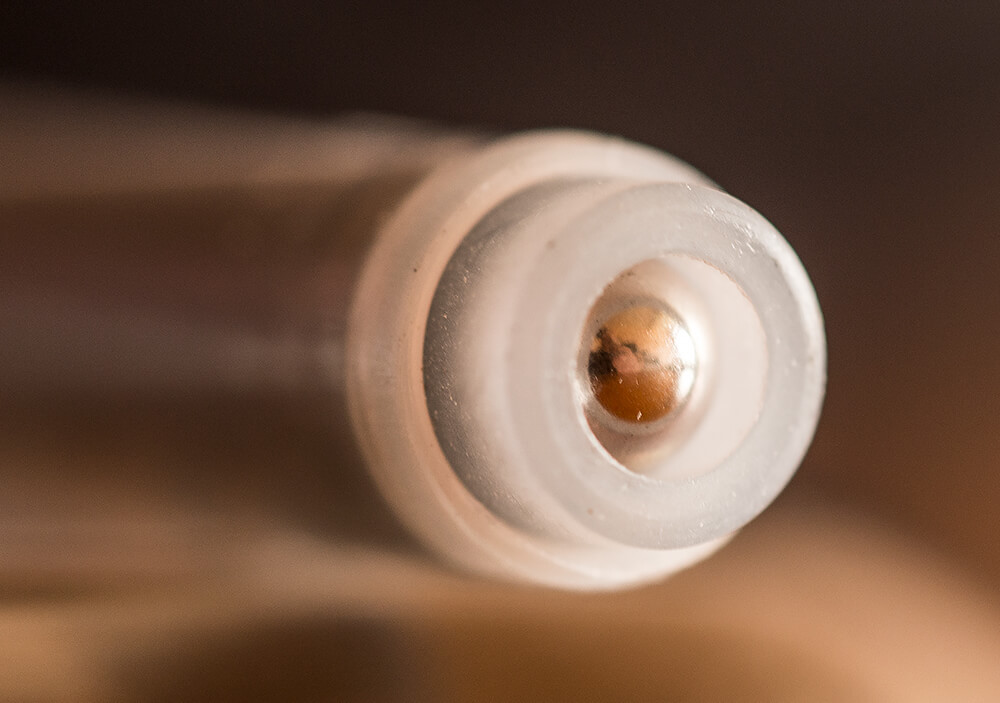
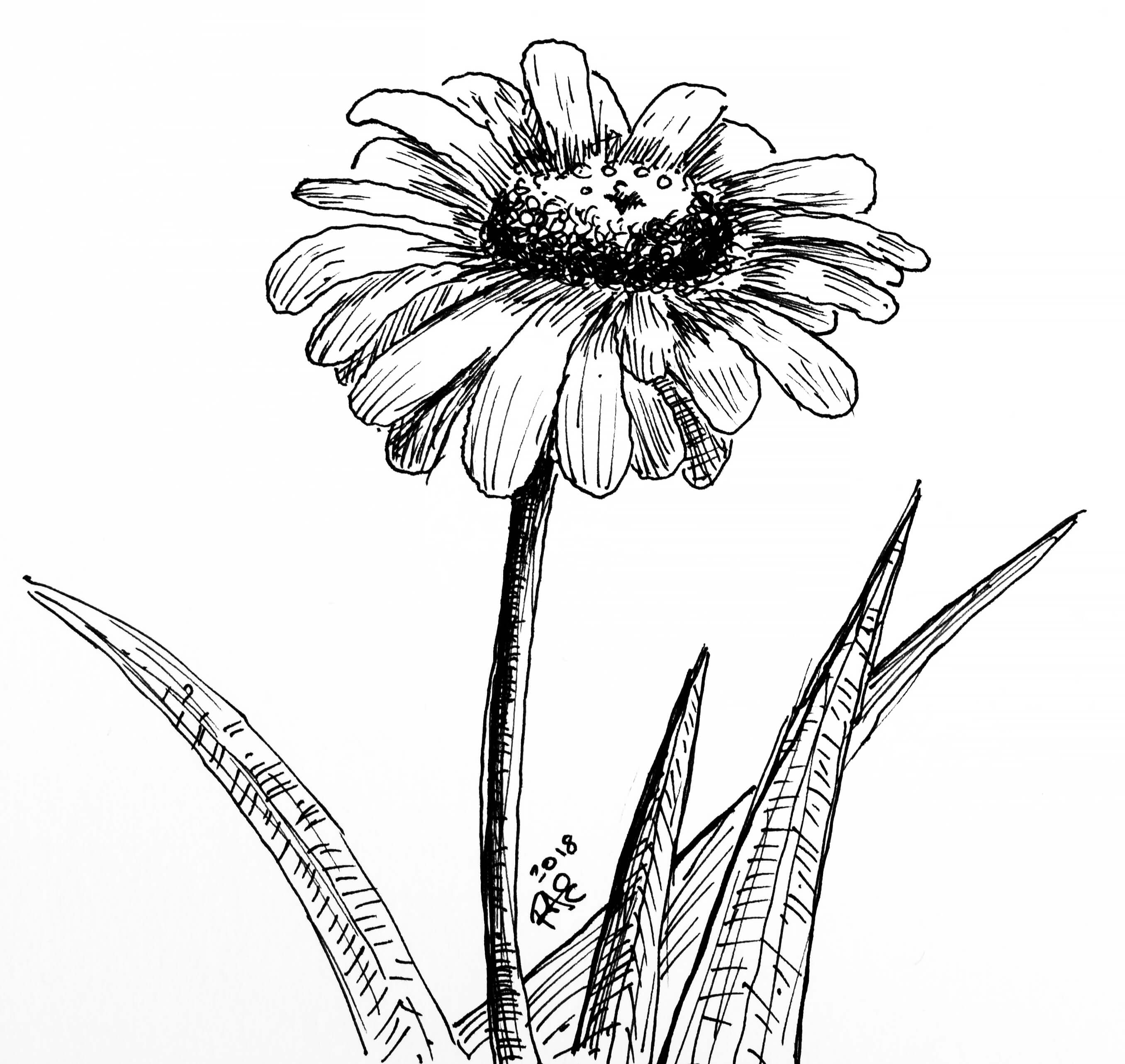

Hi Phil, I really like this pen and thanks for reviewing. It is very attractive from you pictures. I think like you the light weight would throw me off at first but would probably get used to it. Its good the ink flows very well and that it produces fine lines and apparently fine black lines that don’t seem to smudge. I am surprised and delighted it is nicely priced. It sounds like a good pen for calligraphy or sketching. Your sample pictures are really nice too.
Thanks
Thanks Janine!
You do get used to the light weight quite quickly. I just found it disconcerting at first but after a while you forget it’s there.
It’s a great pen for sketching but the nib is so fine, I’m not sure it would be much use for calligraphy as you’d struggle to get any line width variation. It’s lovely for writing though (as long as you like fine lettering).